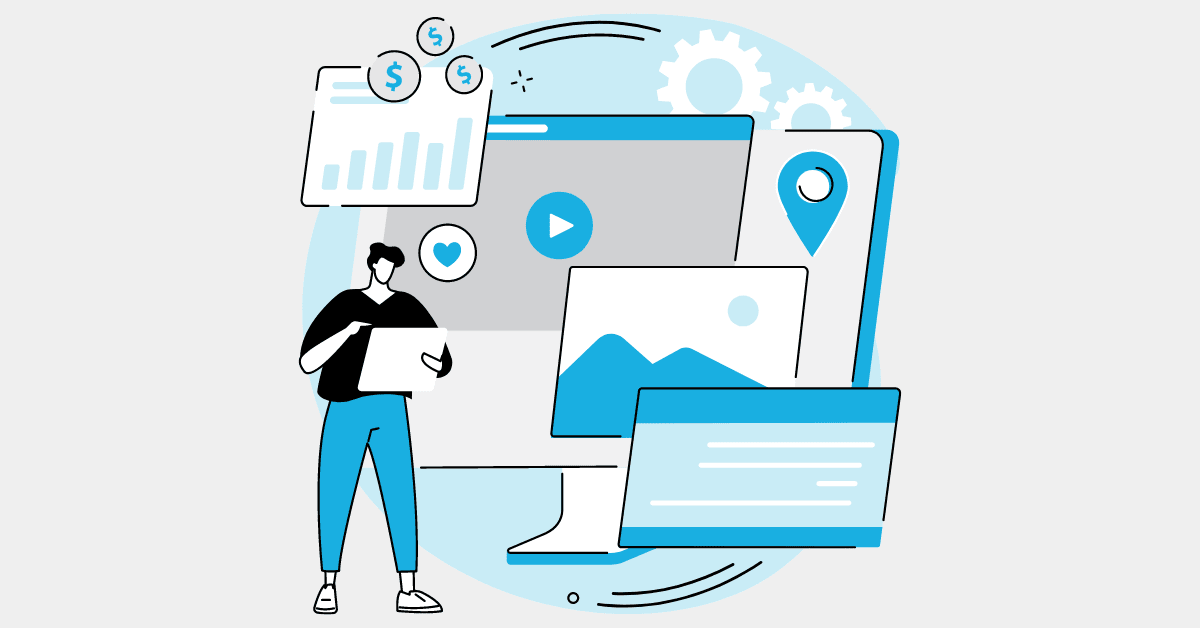
Unlocking Salesforce Flow for Effortless Business Process Automation
Salesforce Flow is a robust tool cherished by Salesforce Marketers for streamlining operations. With its intuitive interface and powerful capabilities, it allows for seamless automation of business processes. In this article, we delve into mastering Salesforce Flow to maximize its potential.
Understanding the Basics: To begin mastering Salesforce Flow, it’s essential to grasp its fundamental concepts. Flow enables the creation of automated workflows, guiding users through various steps to accomplish tasks efficiently. Marketers utilize Flow to automate repetitive actions, such as sending emails, updating records, or triggering notifications based on predefined criteria.
Designing Dynamic Flows: Crafting effective Flow processes requires careful planning and design. Start by outlining the objectives and desired outcomes of the automation. Utilize Flow Builder, Salesforce’s visual interface, to construct dynamic flows with ease. Incorporate decision elements to route processes based on specific conditions, ensuring flexibility and adaptability.
Enhancing User Experience: One key aspect of mastering Salesforce Flow is prioritizing the user experience. Create flows that are intuitive and user-friendly, minimizing complexity and confusion. Leverage Screen components to design interactive interfaces, guiding users through each step of the process seamlessly. Incorporate error handling and validation rules to provide helpful feedback and ensure data accuracy.
Optimizing Performance: Optimizing Flow performance is crucial for efficient automation. Utilize bulkification techniques to process large volumes of data efficiently, minimizing processing times and enhancing scalability. Leverage Flow triggers and asynchronous processes to execute tasks in the background, reducing user wait times and improving overall system performance.
Streamlining Integration: Integration is a vital aspect of mastering Salesforce Flow for seamless automation. Leverage Salesforce Connect to integrate external data sources seamlessly, enabling flows to access and manipulate data from various systems. Utilize Apex actions to extend Flow functionality, integrating with custom code or external APIs to meet specific business requirements.
Ensuring Security and Compliance: Security and compliance are paramount when automating business processes. Adhere to Salesforce’s security best practices when designing flows, ensuring that sensitive data is protected at all times. Implement access controls and encryption mechanisms to safeguard data integrity and confidentiality, mitigating the risk of unauthorized access or data breaches.
Continuous Improvement: Mastering Salesforce Flow is an ongoing journey of learning and improvement. Regularly review and optimize existing flows to identify bottlenecks or inefficiencies. Solicit feedback from users to understand pain points and areas for enhancement, iterating on flows to deliver maximum value and ROI.
Conclusion:
In conclusion, mastering Salesforce Flow empowers Salesforce Marketers to automate business processes efficiently and effectively. By understanding its fundamentals, designing dynamic flows, prioritizing user experience, optimizing performance, streamlining integration, ensuring security and compliance, and embracing continuous improvement, marketers can unlock the full potential of Salesforce Flow to drive success in their organizations.
For more updates about the articles, subscribe to www.thesalesforcemaster.com



